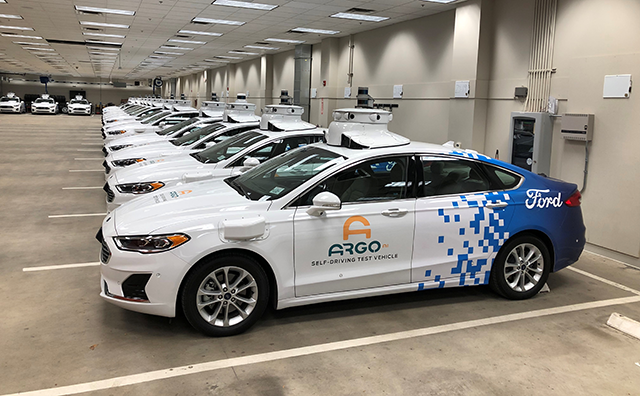If you’ve ever driven an electric car, you’ll know that their brakes are very different from those of a conventional car. While kinetic energy provides the initial stopping power, the hydraulic system squeezes brake pads against rotors to stop the car. While these systems aren’t exactly smooth, they do provide better stopping power for longer trips and harder panic stops. The brake pedals of electric cars need some getting used to, so it’s important to know where to modulate them.
Electric cars also use different braking systems from combustion-powered vehicles. Unlike conventional cars, electric cars use their brakes less often. This allows the car’s electric motor to recuperate the energy absorbed from the brakes. This, however, results in shorter brake pad life. Furthermore, the reduced use of brakes causes the brake pads to wear down faster than they would on a conventional car. As a result, electric cars can lose braking power more quickly.
While most EVs are equipped with regenerative braking, some still use hydraulic brakes during emergency situations. Regenerative braking is not always available and it depends on the battery capacity. The Nissan Leaf, for instance, uses a system called e-pedal brakes that applies regenerative braking when you release the accelerator pedal. This way, the friction that comes from braking also charges the battery.
The brake pedals of an electric car can be adjusted to control their speed. Some automakers even offer regenerative braking for their cars. The Chevrolet Bolt EV, for instance, uses a steering wheel paddle for braking, while the Volkswagen e-Golf slows down more quickly when the shifter is in the B position. The Tesla Model 3 has a touchscreen menu that allows you to adjust the brake pedals to your liking.
The HPA system is ideal for city driving where traffic is usually stop and go. HPA systems are less effective when driving on hills and in traffic. For most people, this braking system isn’t effective enough to prevent car accidents. However, in some cases it’s necessary. When the regenerative brakes fail, the car’s electronics need to decide which braking system is best. They don’t want the car to get into an accident.
Traditional braking systems slow down the car in the initial stages. For this, the driver needs to depress the brake pedal. In EVs, the motors work in two directions. When the accelerator pedal is depressed, current is sent to the motor. The motor converts the electrical energy to kinetic energy and turns the wheels. When the driver releases the accelerator pedal, the motor switches directions. The motor works like a generator and the wheels act as the crank.
A key difference between an electric car and a conventional car is the regenerative braking system. In conventional cars, the brakes use brake pads and rotors at the wheels, but in an electric vehicle, regenerative braking uses the energy of the wheels to recharge the battery. By doing this, the car will last longer and will increase its range. With these benefits, regenerative braking is the way of the future.




